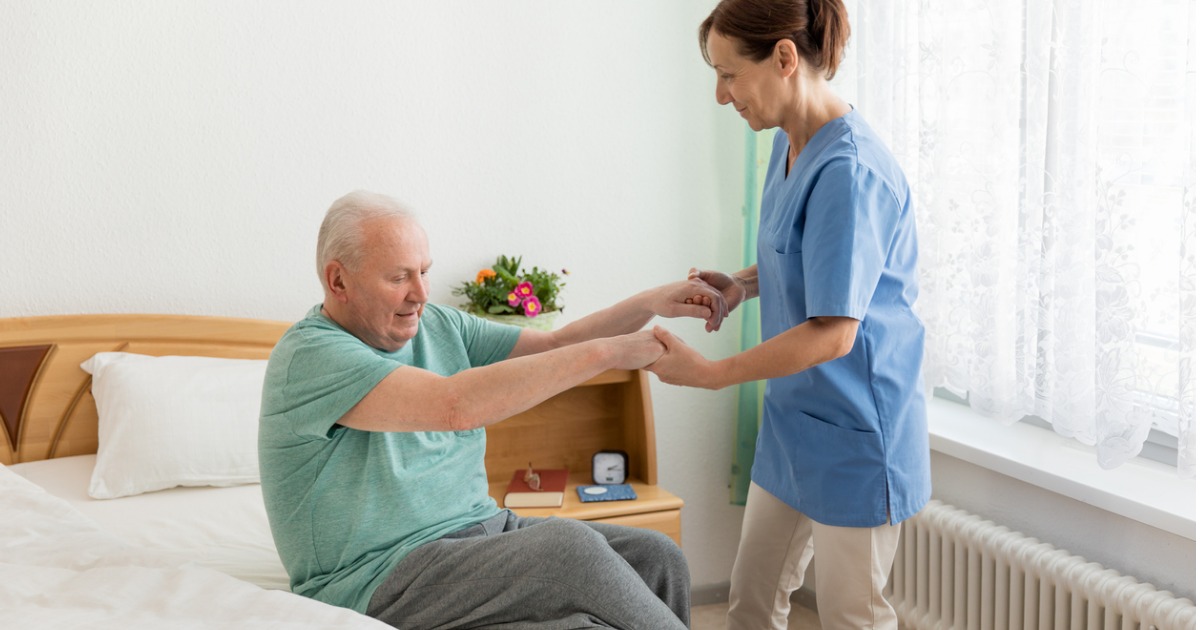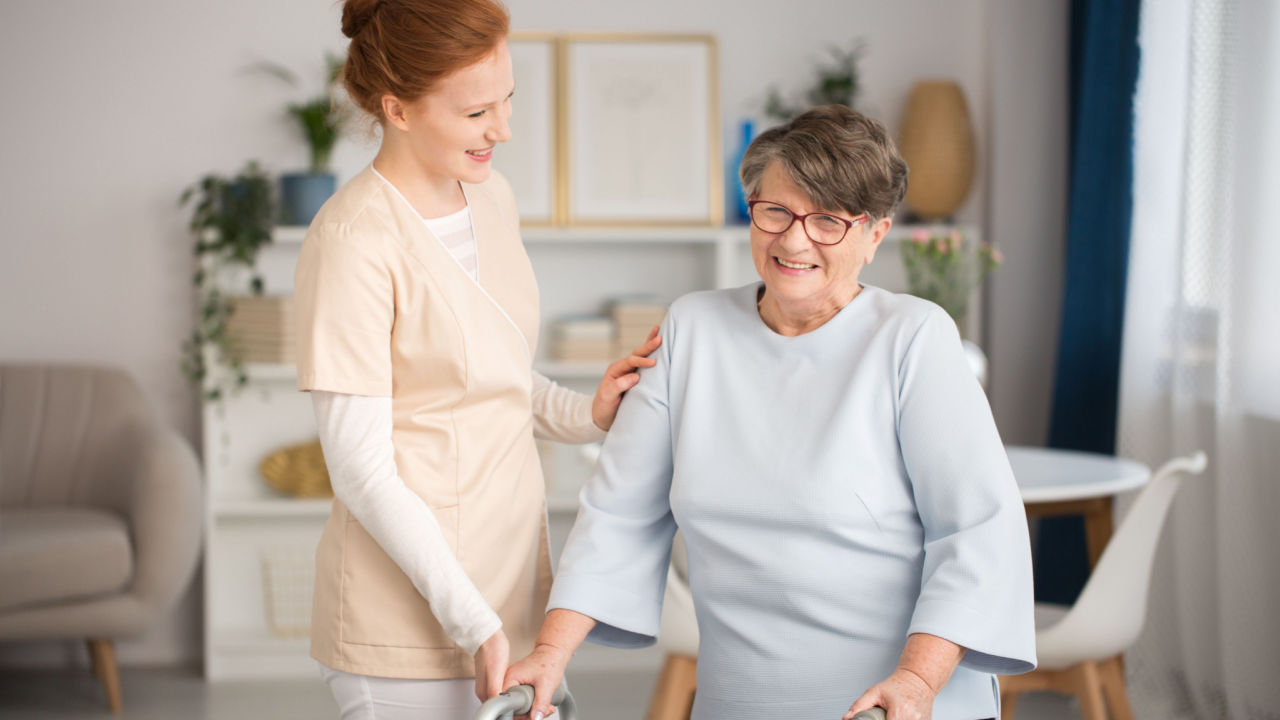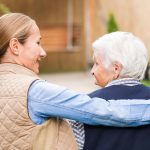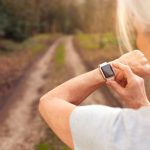Understanding the Unique Needs of Aging Adults
As adults age, they experience a multitude of changes that can affect their physical, emotional, and cognitive health. It’s vital to recognize these shifts to provide the right assistance and care. Physically, seniors may encounter a decrease in mobility and strength. Emotionally, they may grapple with feelings of loss, loneliness, or anxiety. Cognitively, aging can result in memory issues or slowed reaction times. The CDC’s Healthy Brain Initiative is an excellent resource to understand these cognitive changes better.
Maintaining a Safe Home Environment for Seniors
Given these changes, ensuring a safe home environment is crucial for seniors. A well-adapted space can reduce the risk of falls, accidents, or other potential hazards. Home modifications may include installing handrails, improving lighting, and removing trip hazards. The National Institute on Aging provides a comprehensive guide to making a home safe for aging adults.

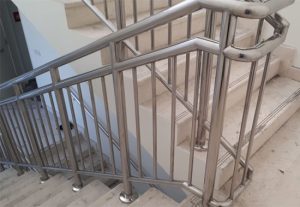
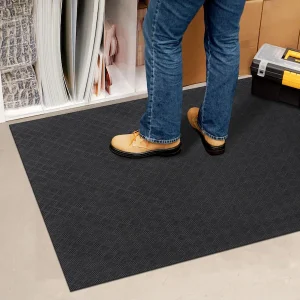
Assessing the Home Environment
Ensuring a safe home environment is integral to maintaining overall health and well-being. This process involves two key steps: identifying potential hazards and evaluating accessibility and safety in different areas.
A. Identifying Potential Hazards Around the Home
Common household hazards can range from exposed electrical wires to slippery floors. The CDC provides a comprehensive list of potential dangers that can be found in any home. Regularly inspect your home for these hazards to minimize risk.
B. Evaluating the Accessibility and Safety of Different Areas
Assessing the safety of high-traffic areas like the kitchen, bathroom, and stairs is crucial. You may need to implement safety measures such as adding handrails or non-slip mats. The National Institute on Aging offers valuable resources on how to make these areas safer.
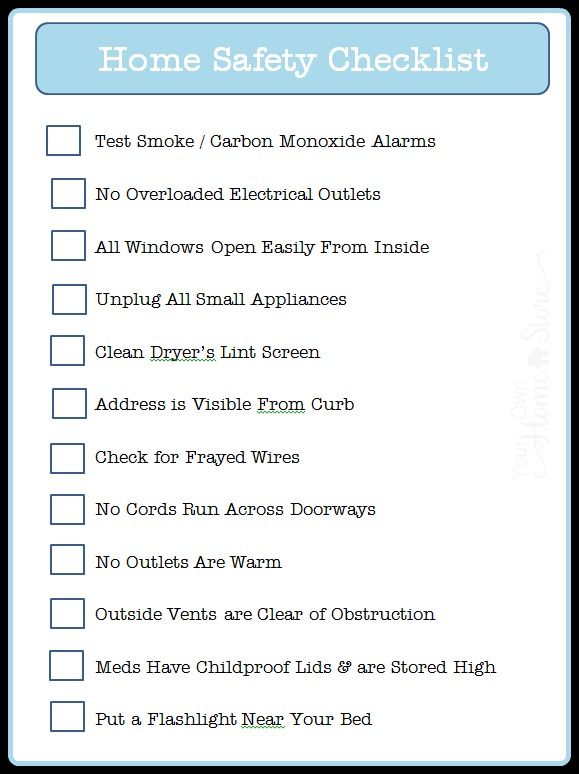
A thorough home assessment not only protects you and your loved ones, but also enhances the quality of life by promoting a safer living environment.
Adapting Living Spaces for Enhanced Mobility and Accessibility
The ability to move around safely and independently is essential for aging adults. As a caregiver, it’s your responsibility to provide a safe and accessible environment [1]. One fundamental step in this process is ensuring your living spaces are clutter-free and well-lit. Clear pathways and bright lighting reduce the risk of trips and falls, improving overall mobility [2].
Suggestions for Mobility Modifications
There are several modifications you can make to improve mobility and accessibility in aging-friendly homes. Installing ramps at entrances can replace steps, making it easier to access the home with mobility aids. Stairlifts [3] can be a great addition for homes with multi-levels. They provide a safe way for older adults to navigate stairs, reducing the risk of falls. Furthermore, grab bars in bathrooms and other areas provide additional support for balance and stability. These modifications not only enhance mobility but also reinforce a sense of independence.
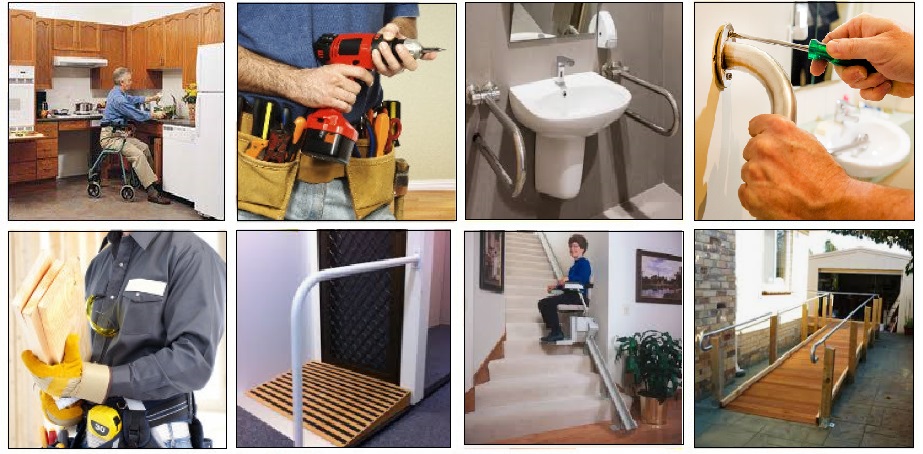
Potential Dangers in the Bathroom for Seniors
Many aging individuals face a variety of potential hazards in their bathrooms every day. Slippery surfaces, especially after a bath or shower, can cause dangerous falls. Similarly, high tub sides pose a risk when stepping in or out. These factors can make a bathroom a high-risk area for seniors.
Recommended Bathroom Modifications for Safety
Implementing a few changes can significantly increase bathroom safety for seniors. Consider installing walk-in tubs or showers, which are easier to enter and exit. Non-slip mats can help prevent falls on wet surfaces, while raised toilet seats can make sitting and standing easier.
- Walk-in tubs or showers
- Non-slip mats
- Raised toilet seats
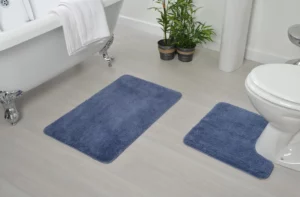
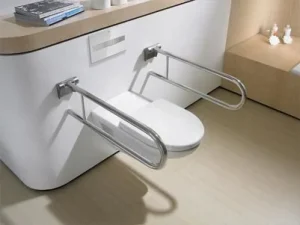
Ensuring Safety in the Kitchen for Seniors
Kitchen safety is vital for seniors, particularly given the potential risks that common kitchen features can present. For instance, reaching high shelves can lead to balance issues and potential falls, while slippery floors can increase the risk of accidents. Statistics from the CDC highlight that falls are the leading cause of injury among older Americans.
Kitchen Safety Improvements
To mitigate these risks, several kitchen safety improvements can be made. Installing pull-out shelves can help seniors easily access items without straining or over-reaching. The National Institute on Aging supports this, stating that such adaptations can reduce the risk of falls and related injuries.
Moreover, consider investing in automatic shut-off appliances. These can prevent fires and other accidents caused by forgotten or unattended appliances. An article by the U.S. Fire Administration underscores the importance of this safety feature.
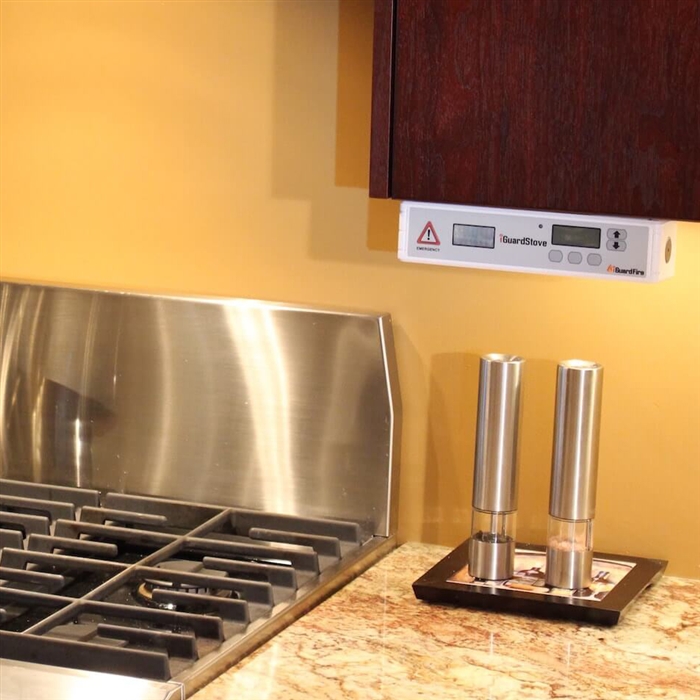
Creating a Safe Outdoor Environment
Ensuring the safety of your aging loved ones begins with a thorough understanding of potential outdoor hazards. Frequently overlooked perils like uneven paths and poor lighting may pose significant risks, particularly for those with mobility or vision impairments.
By identifying these hazards early on, you can make necessary adjustments. For example, consider the installation of ramps on uneven paths, a simple modification that can drastically reduce the risk of falls. Additionally, well-lit paths are essential for nighttime visibility. Outdoor lighting should be bright but not glaring, to avoid creating shadows or areas of contrast that could confuse or disorient seniors.
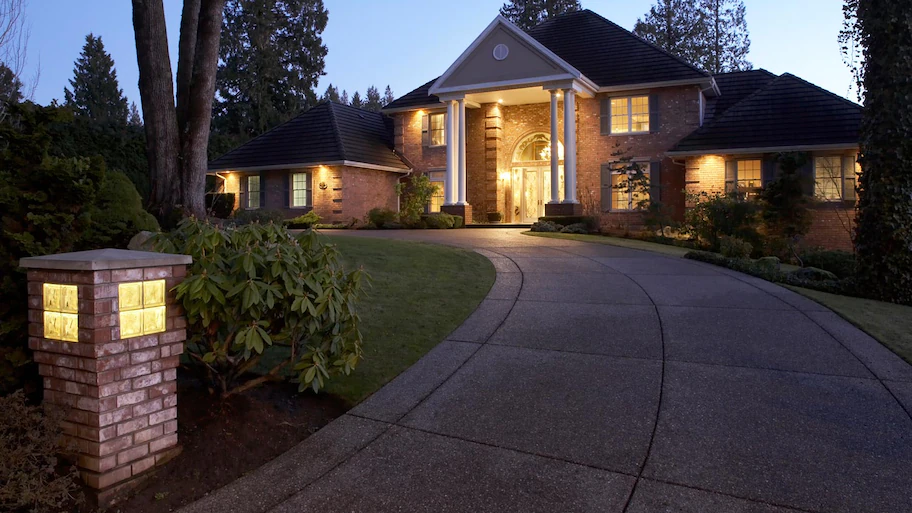
With a proactive approach to outdoor safety, you’re not only protecting your loved ones from potential harm but also promoting their independence and quality of life.
The Crucial Role of Technology in Ensuring Senior Safety
Technology is transforming the landscape of senior safety, offering innovative solutions to enhance the health and well-being of our aging loved ones. From medical alert systems to smart home devices, these advancements provide a level of security that was once unimaginable.
Medical alert systems, for example, offer immediate assistance at the press of a button, providing seniors with a lifeline to emergency services. Meanwhile, smart home devices can automate various tasks—like controlling temperature, ensuring proper lighting, and detecting potential hazards like smoke or gas leaks.
Top Tech Tools for Senior Safety
When it comes to selecting the best technology for seniors, it’s essential to consider ease of use, functionality, and reliability. Some of the most useful tech tools include automatic pill dispensers, GPS trackers, and home security cameras. These devices not only increase the safety of seniors but also provide peace of mind for their loved ones.
We should remember that technology is not a one-size-fits-all solution. It’s crucial to assess the unique needs of each senior and choose the devices that best fit their lifestyle and health requirements.
The Vital Role of Regular Health Checks and Professional Health Assessments
Regular health checks and professional health assessments are critical for seniors’ wellness. They can identify health issues before they become severe, allowing timely treatment and better management of chronic conditions (CDC). Moreover, they help monitor the effectiveness of ongoing treatment plans, ensuring the best possible health outcomes for your aging loved ones.

The Role of Caregivers in Maintaining a Safe Home Environment
Caregivers play an indispensable role in ensuring a safe environment for seniors. They help in managing medications, ensuring proper nutrition, and assisting with daily tasks, thereby reducing the risk of accidents and injuries (National Institute on Aging). They also provide emotional support, which has a positive impact on the mental health of seniors. But it’s essential for caregivers to be trained on safety measures such as preventing falls, fire safety, and emergency preparedness.
